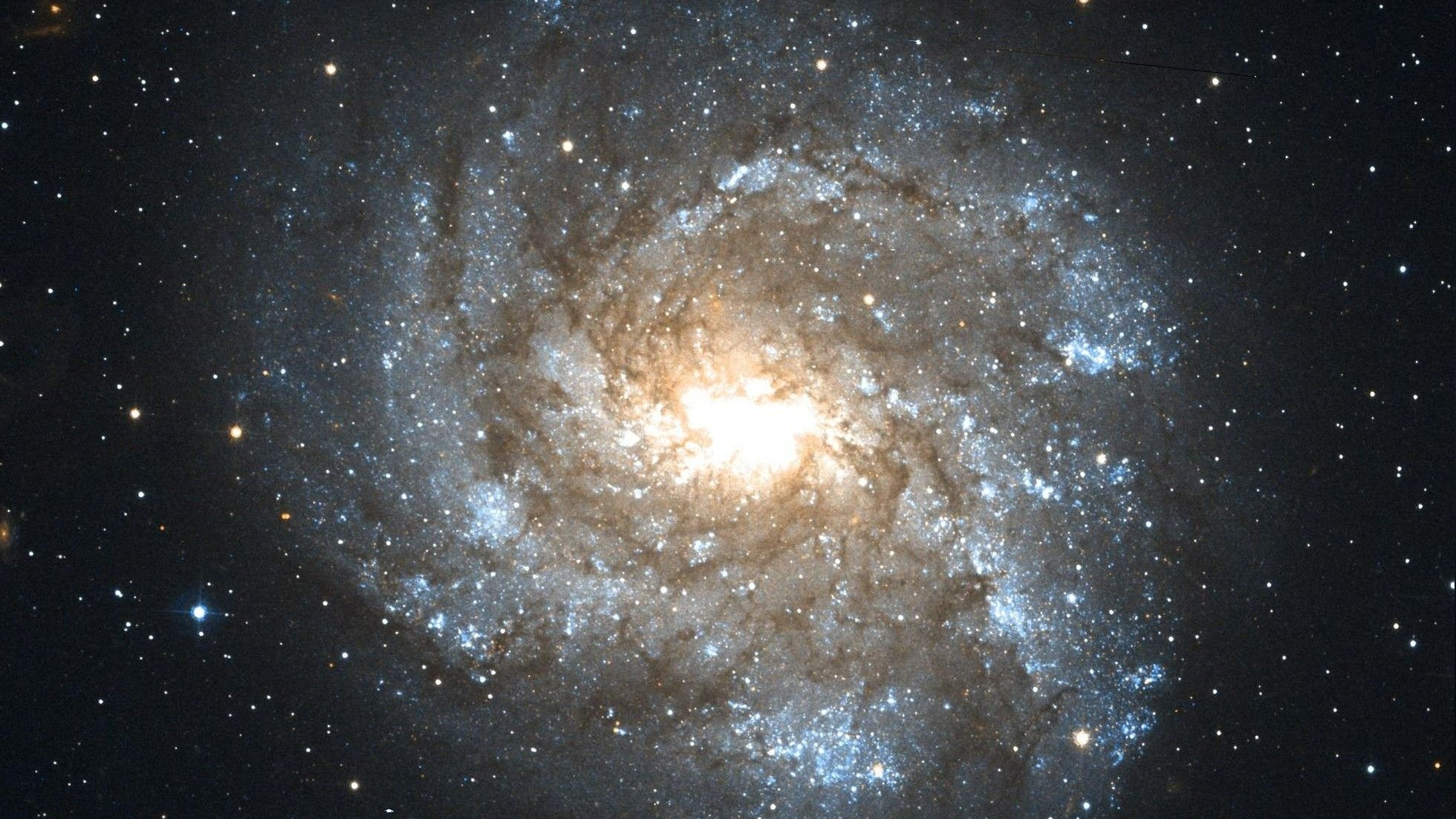During years, scientists and astronomers all over the world have been searching radio signals originating from the cosmos in an attempt to better understand the universe and seek possible signs of extraterrestrial life.
In May of last year, Joel Balzana passionate astronomer Western Sydney University (Australia) was conducting a routine observation when he noticed a peculiar pattern in the data collected by his radio telescope. The sign featured a series of regular pulses with unusually high frequency and amplitude.
Realizing the importance of his discovery, Balzan quickly contacted the scientific community and shared the data obtained, being published on ArXiv.org, attached to the American Cornell University. The news quickly spread, and numerous astronomers and experts in the field became involved in analyzing the signal. As the investigation deepened, even more intriguing features were needed, which were .
Very powerful
The radio signal was extremely strong and seemed to originate somewhere in deep space, outside our galaxy. Its regular and highly organized pulse pattern excluded any known natural explanation, which led to speculation that it could be of artificial origin. This hypothesis highlights a great debate among scientists, with theories ranging from an emission of some alien civilization advanced up still unknown astrophysical phenomena.
However, scientists agreed that they were a natural phenomenon, although their origin could not be identified. Some speculated that it could be a signal from an exotic celestial object such as a neutron star, black hole, supernova, nebula or even a advanced alien civilization.
The radio signal was located at 20 arc seconds from the center of the galaxy NGC 2082located about 60 million light years from Earth and with a diameter of approximately 33,000 light years. «We present continuous radio observations of NGC 2082 using ASKAP, ATCA, and Parkes telescopes at 888 MHz to 9000 MHz. About 20 arcseconds from the center of this nearby spiral galaxy, we discovered a bright, compact radio source, J054149.24– 641813.7, of unknown origin», the authors wrote from a study collected by the magazine ‘Science’.
In search of coded information
The team of scientists from the Australian university that suggested the signal also investigated whether there was any connection to other previous observations or known cosmic events. However, no clear correlations were found, which further increased the mystery surrounding the signal.
Additional research includes analysis of the spectral composition of the signal and the search for modulation patterns that may contain encoded information.
Related news
As the months passed, investigations continued and concerted efforts were made to pick up new broadcasts of the signal. However, to date, no similar signal has been detected again. This has led some skeptics to question the authenticity of the initial detection, while others argue that it could have been a one-time, non-recurring transmission.
The mysterious radio signal picked up by Joel Balzan is stillor object of speculation and study. Although a definitive conclusion about its origin has not yet been reached, its detection has reinforced interest and enthusiasm for the search for life beyond our planet. Whatever its final explanation, this sign reminds us of the vastness of the universe and the possibility that we are accompanied by other forms of life in the cosmos.

